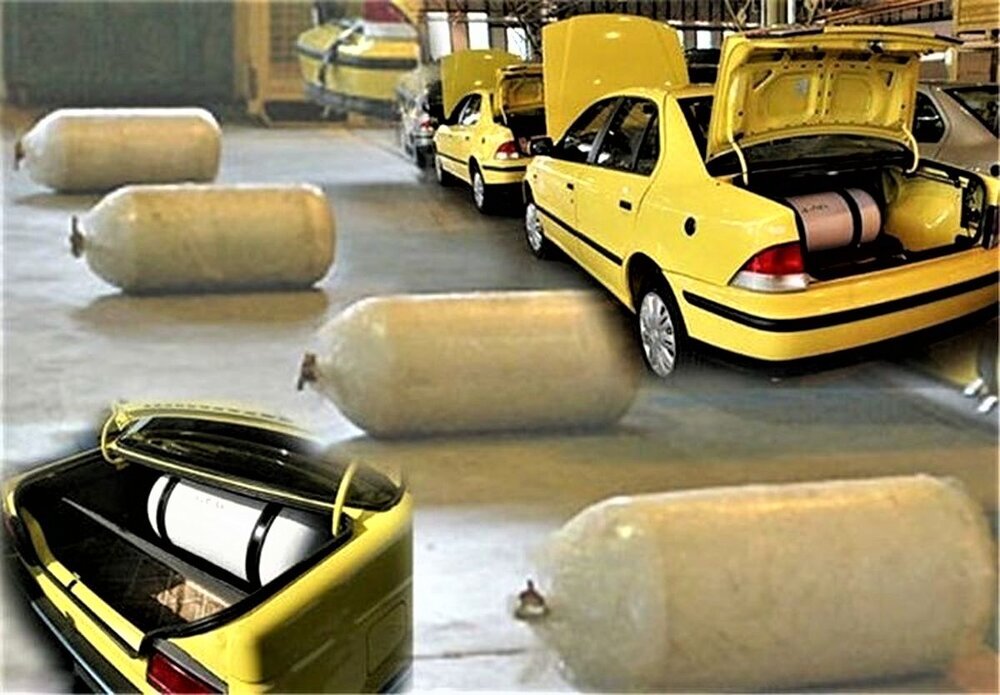Over 83,000 public transport vehicles turned dual-fuel since late-Mar. 2020

TEHRAN - The director of the National Iranian Oil Refining and Distribution Company (NIORDC)’s compressed natural gas (CNG) programs said his company has turned 83,802 public transport vehicles into dual-fuel cars since the beginning of the current Iranian calendar year (March 20, 2020).
NIORDC and state-owned Iran Khodro Company (IKCO) signed a memorandum of understanding (MOU) in December 2019, to add 1.46 million new dual-fuel vehicles to the country’s public transportation fleet.
According to Mohammad-Hossein Baqeri, the total number of cars registered in NIORDC’s previous conversion program was 264,423 cars, of which only 116,066 were eligible to use the program’s facilities.
The official noted that following the mentioned program, the government has also started a new scheme for turning the automobiles registered in online transportation apps (like Snap and Tapsi in Iran) and also in taxi agencies into dual-fuel cars over the past weeks.
“The registration for the owners of such vehicles is underway and based on this program the government is going to pay for 75 to 80 percent of the conversion costs through bank loans offered to the owners,” Baqeri explained.
He further noted that some necessary measures have also been taken for smartening of the country’s CNG stations.
Earlier this week, NIORDC Managing Director Alireza Sadeqabadi had said that developing the country’s CNG industry could potentially save Iran $14b.
According to Sadeqabadi, increasing the country’s gasoline production capacity by 20 million liters requires at least $15 billion of investment, while boosting the country’s CNG output by the equivalent of the same amount would only need $1 billion, that means it could save the country $14 billion.
The development of the CNG industry in Iran began many years ago concurrently with the development of the national gas network and currently, there are more than 40 million cubic meters of daily CNG distribution capacity in Iran, according to Sadeqabadi.
A large part of this capacity however is not being used, and this has led the government to try to benefit from this capacity by increasing the number of dual-fuel vehicles.
According to the NIORDC head, each cubic meter of CNG consumption would save the consumer 30 cents in comparison to one liter of gasoline.
Iranian Oil Ministry also considers CNG as the national fuel; therefore, the ministry has it on the agenda to increase the share of this fuel in the country's energy basket.
Iran’s CNG consumption currently stands at about 25 million cubic meters and there are currently 2,495 CNG stations across Iran that supply 22 percent of the country’s fuel basket.
EF/MA
Leave a Comment